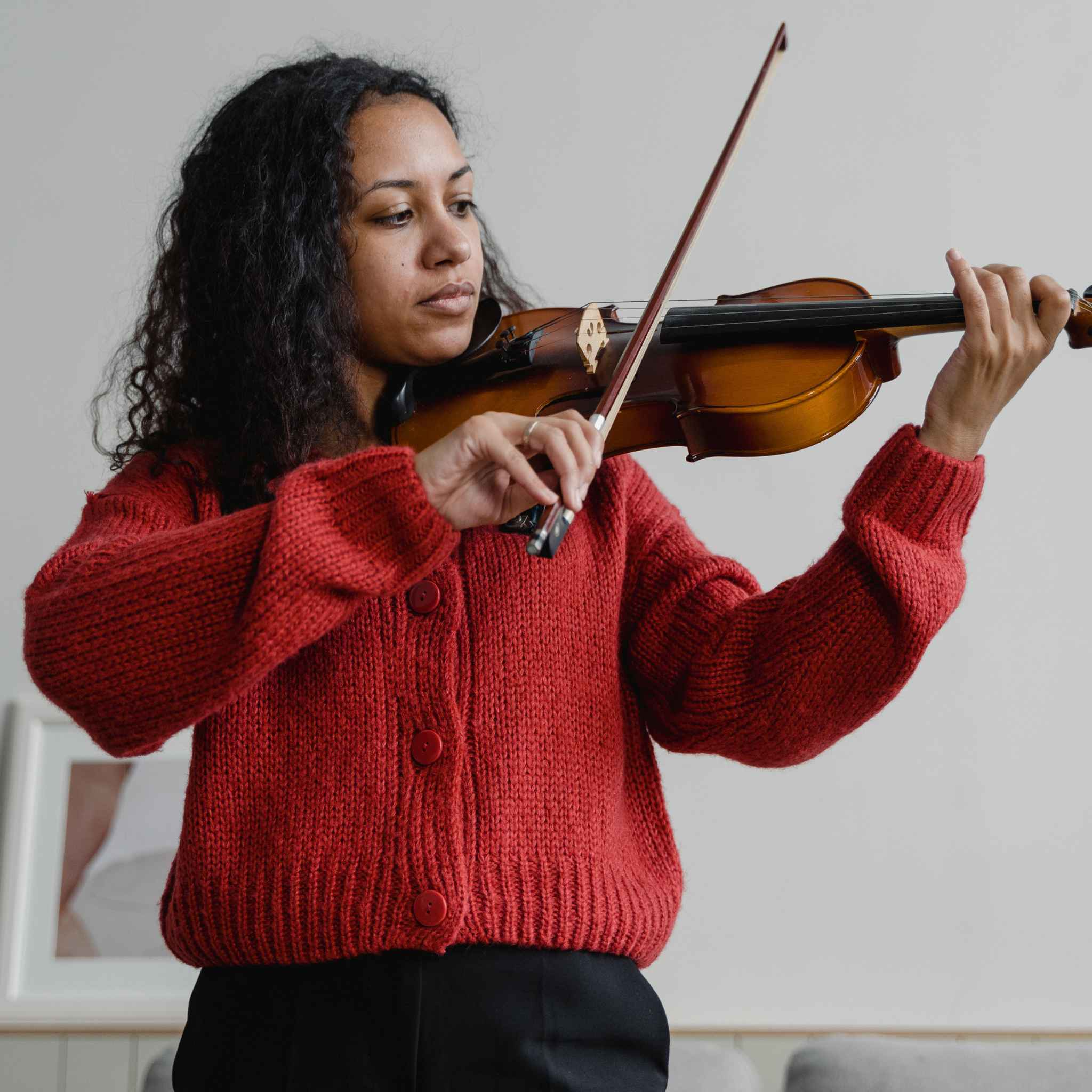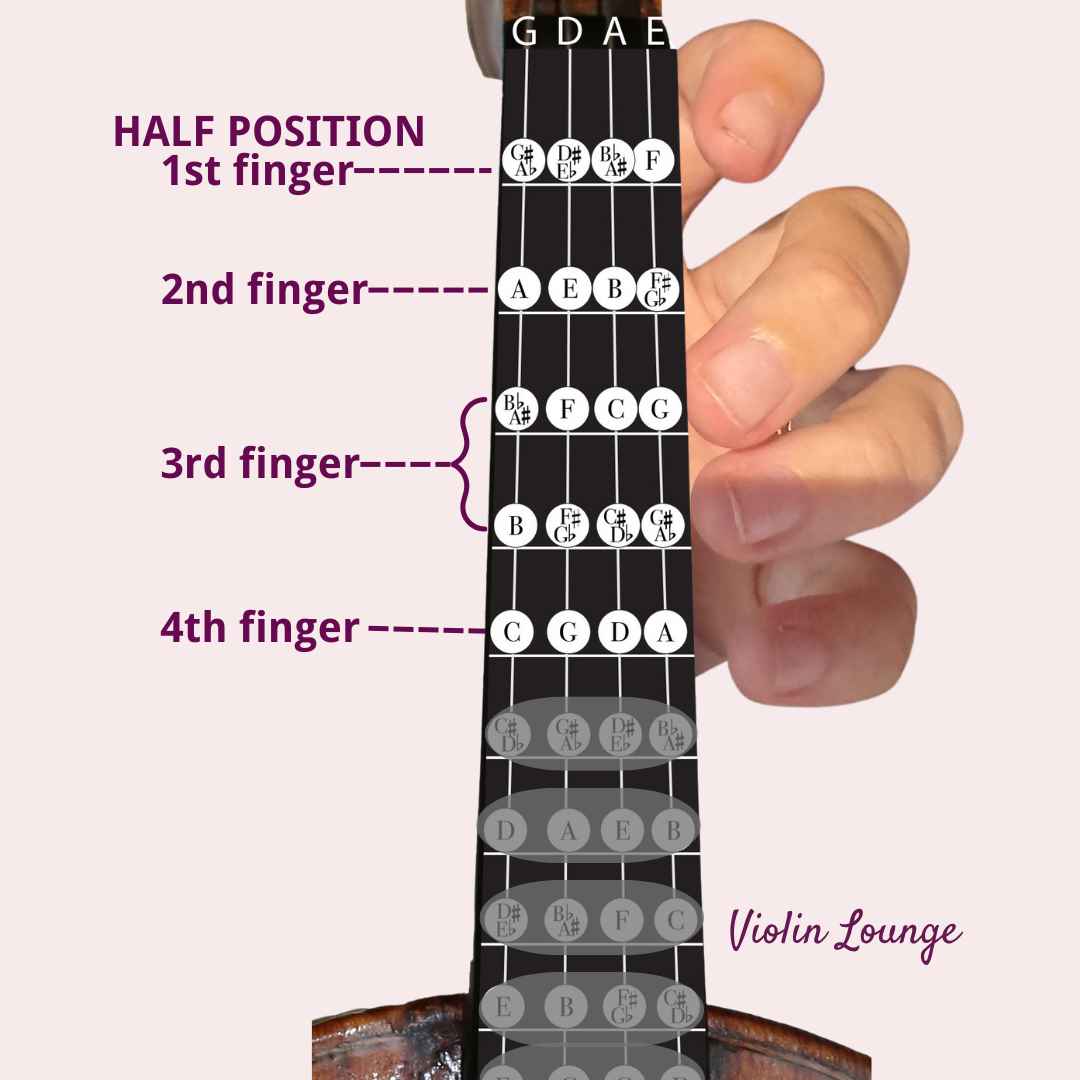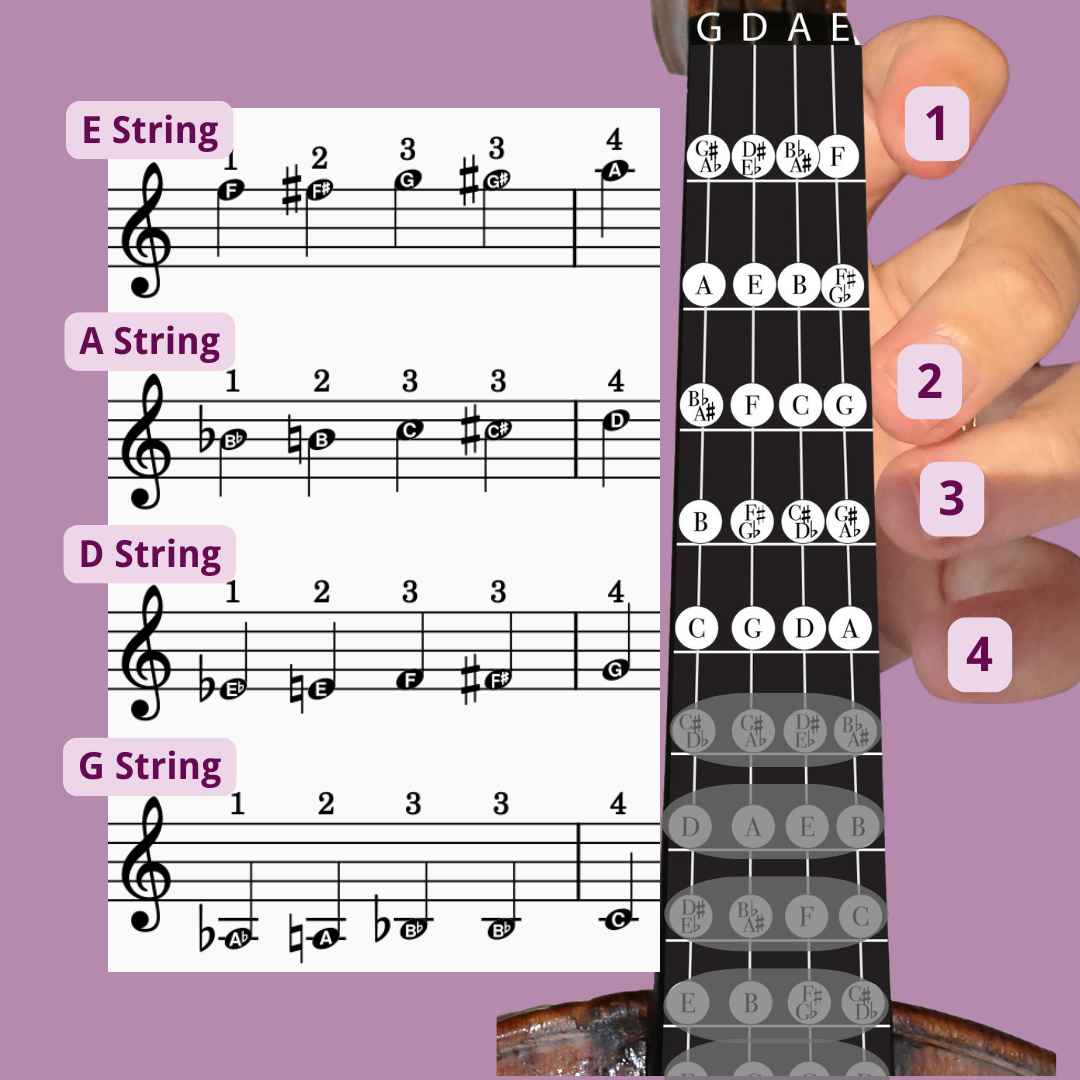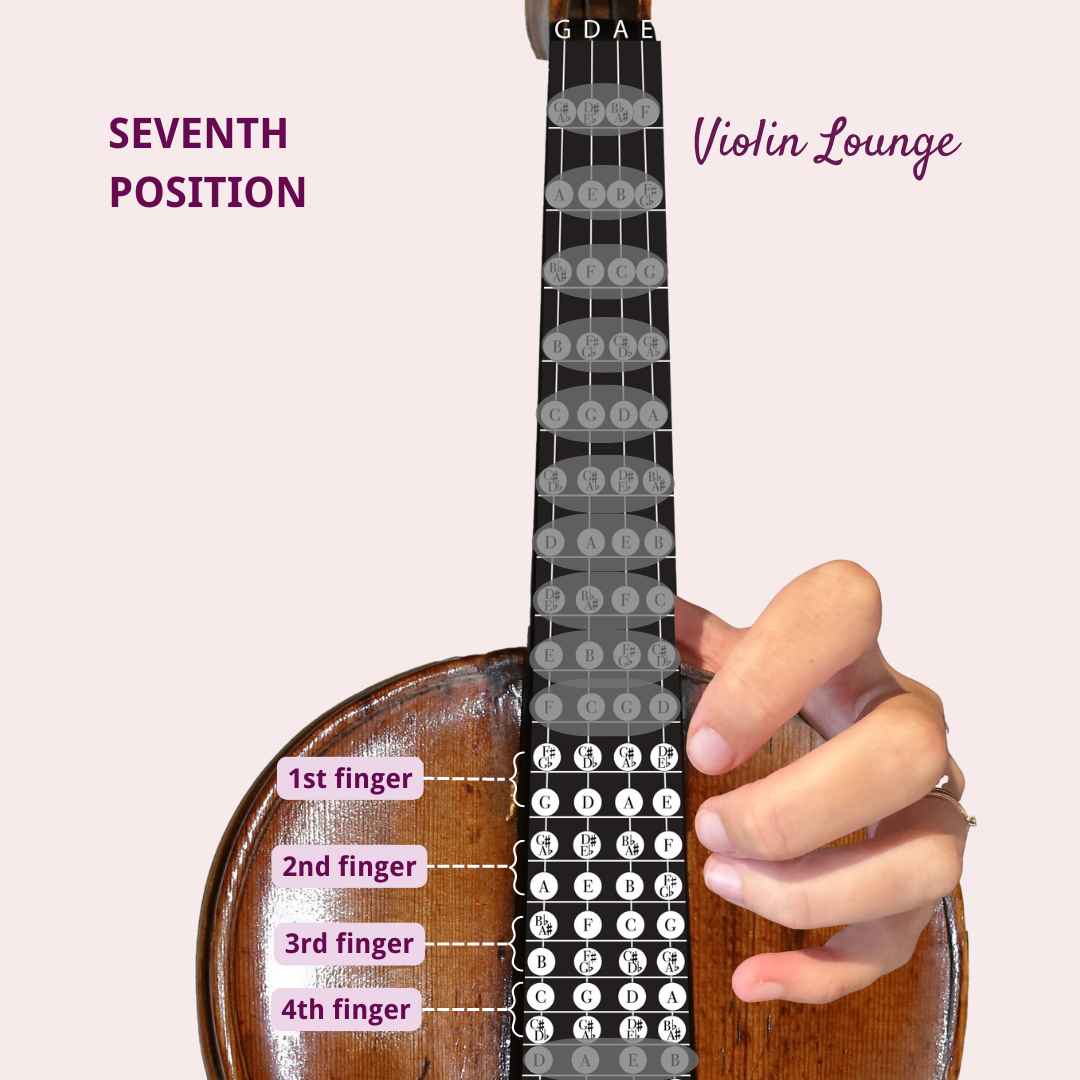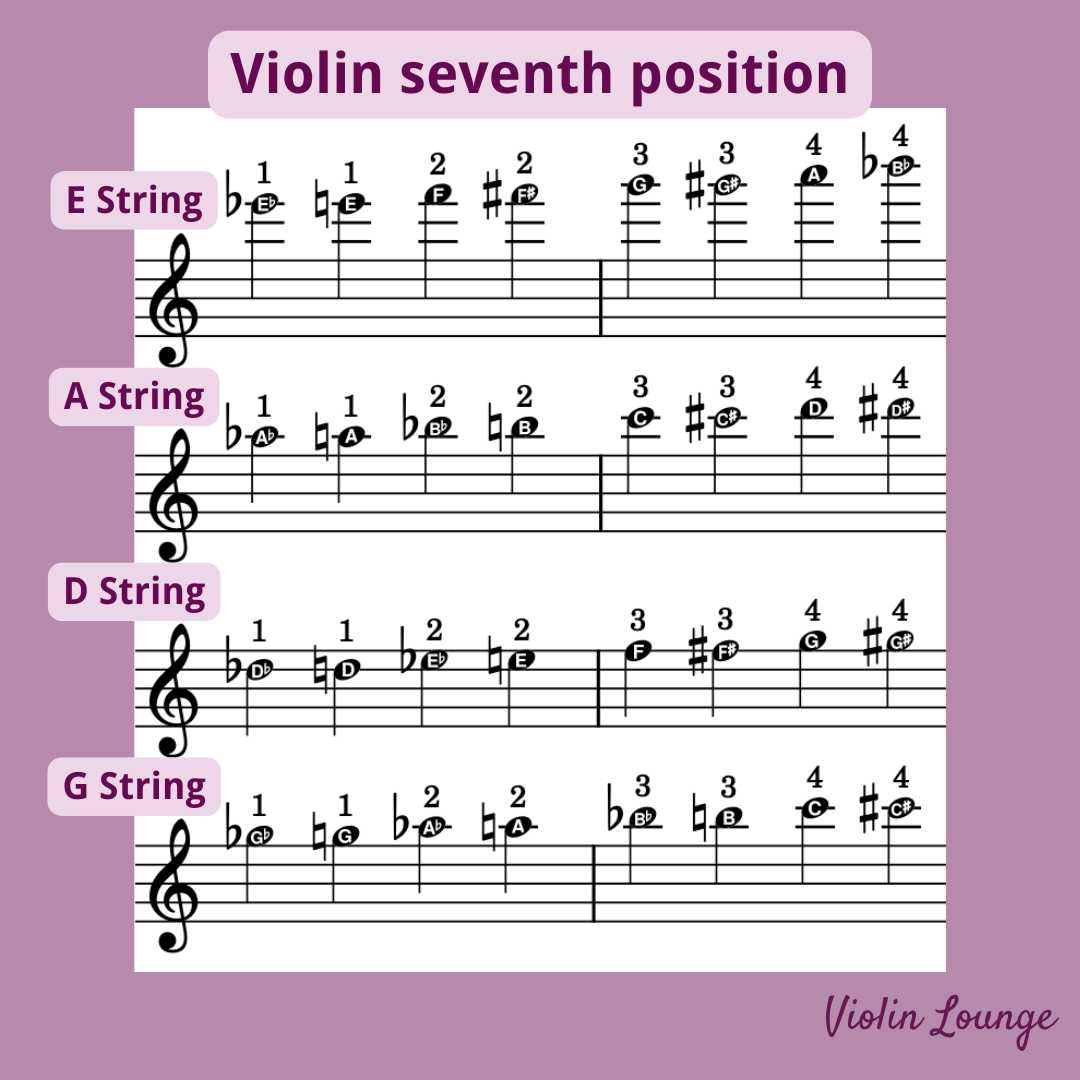ABRSM vs Trinity vs LCM vs RCM vs RSL: The Ultimate Violin Grade Exam Comparison
Wondering which violin exam board suits you best? Compare ABRSM, Trinity, LCM, RCM, and RSL in this in-depth guide for violinists of all ages and skill levels.
🎬 Introduction: Which Violin Exam Board Is Right for You?
Violin grade exams are a great way to structure your learning, stay motivated, and even collect certifications that count toward school credit or university admissions. But with so many exam boards out there—ABRSM, Trinity, LCM, RCM, and RSL—it can be hard to know which one fits your goals and playing style.
Whether you’re a parent looking for structure for your child, an adult returning to music, a teacher guiding students, or an aspiring professional violinist seeking a recognized qualification, choosing the right system matters.
These exams are especially popular in the UK, with ABRSM and Trinity being the most widely used. RCM is the go-to in Canada and parts of the US. In Europe, international exam boards are less common—local conservatories or teacher-led programs are more popular. However, with the rise of remote and online exams, more students across the world are exploring these options.
🎓 What Are Violin Grade Exams?
Violin grade exams are standardized music assessments from beginner to advanced levels. They typically include:
- Prepared repertoire
- Technical work (scales, arpeggios, exercises)
- Aural skills
- Sight-reading or improvisation
- Optional or required theory exams
Exams can usually be taken in person at a test center or submitted online by video, making them accessible no matter where you live.
🏁 How the Grade Levels Compare
While most exam boards offer Grades 1–8, their structure and difficulty levels vary:
- ABRSM, Trinity, and LCM use Grades 1 to 8. The difficulty progression is relatively steep.
- RCM uses Grades Preparatory to 10, followed by ARCT. The steps between grades are smaller, offering a smoother gradient.
- RSL follows Grades Debut to 8 with a focus on stylistic and practical musicianship.
For example, RCM Grade 10 is roughly equivalent to ABRSM Grade 8. So if you’re switching systems, be aware that you might need to adjust your expectations accordingly.
❓Why do violin grade exams?
Of course you don’t need to do grade exams to learn to play the violin successfully. You don’t even need them to become a professional. Violin players aiming a professional career usually go to a conservatory or music college to get a Bachelor and/or Master in Music.
✅ Pros of violin grade exams:
- They give you a goal in your practice and motivate
- They give an objective sense of what level you’re at
- You get feedback from someone else than your teacher, which can be really valuable in your learning process
- Higher grades can be used as credentials for teaching or admission to higher music education like a conservatory
- Learning to perform violin under pressure prepares you for orchestral auditions and concerts whether that’s as a professional or amateur
❌ Cons of violin grade exams:
- Violin exams can put tension on your playing if you’re someone who becomes nervous
- You can also have negative experiences with exams
- Exams in music are never 100% objective and don’t take into account your full journey and what you’re working on exactly
- Fixed repertoire can be a bit rigid and you might want to work on something else
🏆 Quick Comparison Table
| Board | Link | Origin | Grades | Focus | Best For |
|---|---|---|---|---|---|
| ABRSM | View syllabus | UK | Prep–8 | Classical, technical, aural, theory | Structured classical training |
| Trinity | View syllabus | UK | Initial–8 | Expressive performance, flexible repertoire | Creative learners |
| LCM | View syllabus | UK | Step–8+ | Recital focus, modern classical | Performance-driven students |
| RCM | View syllabus | Canada | Prep–10, ARCT | Comprehensive, technique-rich | North American conservatory prep |
| RSL | View syllabus | UK | Debut–8 | Contemporary styles, improv, groove | Pop, folk & crossover violinists |
🎼 Repertoire Requirements
ABRSM requires students to select one piece from each of three lists (A, B, and C), each emphasizing different styles and techniques. This ensures variety and well-rounded development.
Trinity allows more freedom, letting you pick any three from their list—including one own-choice piece. A great option for expressive players.
LCM lets you choose between standard grades and Recital Grades. Recital Grades focus entirely on performance without scales or aural tests.
RCM organizes repertoire and studies by level. Each grade includes required etudes and historical balance.
RSL emphasizes contemporary violin. You’ll play to backing tracks, improvise, and work with groove-based music.
🛠️ Technical Work
ABRSM offers a detailed technical syllabus with varied bowings and keys. It builds solid classical foundations.
Trinity includes both scales and alternative technical studies—giving students a choice in how they demonstrate technique.
LCM omits technical work in Recital Grades, focusing purely on performance.
RCM provides a thorough technical pathway including bowing, shifting, and double stops.
RSL replaces traditional technique with stylistic riffs and improvisation relevant to popular genres.
👂 Aural and Musicianship Skills
ABRSM features the most comprehensive aural tests, including melodic memory, rhythmic clapping, and identifying musical features.
Trinity offers friendly, accessible aural assessments and includes musical knowledge questions about your repertoire.
LCM offers aural tests in standard grades and omits them in recital routes.
RCM integrates aural and theory learning, particularly useful for developing total musicianship.
RSL assesses musicianship through performance style, phrasing, and improvisation instead of traditional aural drills.
📖 Theory Requirements
ABRSM requires Grade 5 Theory before entering Grades 6–8 practical exams.
Trinity offers optional theory with no requirement to advance.
LCM also keeps theory optional and allows practical-only progression.
RCM integrates theory into exam progression. Higher grades require written theory exams.
RSL embeds musicianship directly in practical work. No separate theory needed.
🧑🏫 Examiner Style & Exam Atmosphere
ABRSM exams are formal, standardized, and academic in tone. Excellent for structured learners.
Trinity exams are more relaxed and performance-focused. Examiners often feel supportive and encouraging.
LCM exams can feel like informal recitals, especially in recital format.
RCM exams are formal and comprehensive—ideal for students heading to university or conservatory programs.
RSL offers a real-world feel. Performance fluency and stylistic authenticity are the main focus.
🎯 Which Exam Board Should You Choose?
Choose ABRSM for a structured, classical path with academic rigor and global recognition.
Choose Trinity if you value musical expression, a friendly exam environment, and flexible repertoire.
Choose LCM if you’re motivated by performance and want to focus on expressive playing over drills.
Choose RCM if you’re in North America or plan to apply to music programs that recognize RCM qualifications.
Choose RSL if you’re exploring non-classical styles, play in bands, or want a creative and modern exam experience.
🎻 Closing Notes
Violin grade exams can inspire consistent practice and give you a sort-of objective idea of the level you’re at. They are great ‘second opinion’ for your teacher. Grade exams can help you on your journey to become a professional musician, advance as an amateur player and give you a boost in your motivation.
Review each board’s syllabus, try out some repertoire, and speak with your teacher to find the best match. Whatever you choose, remember: exams are stepping stones and not the destination.

